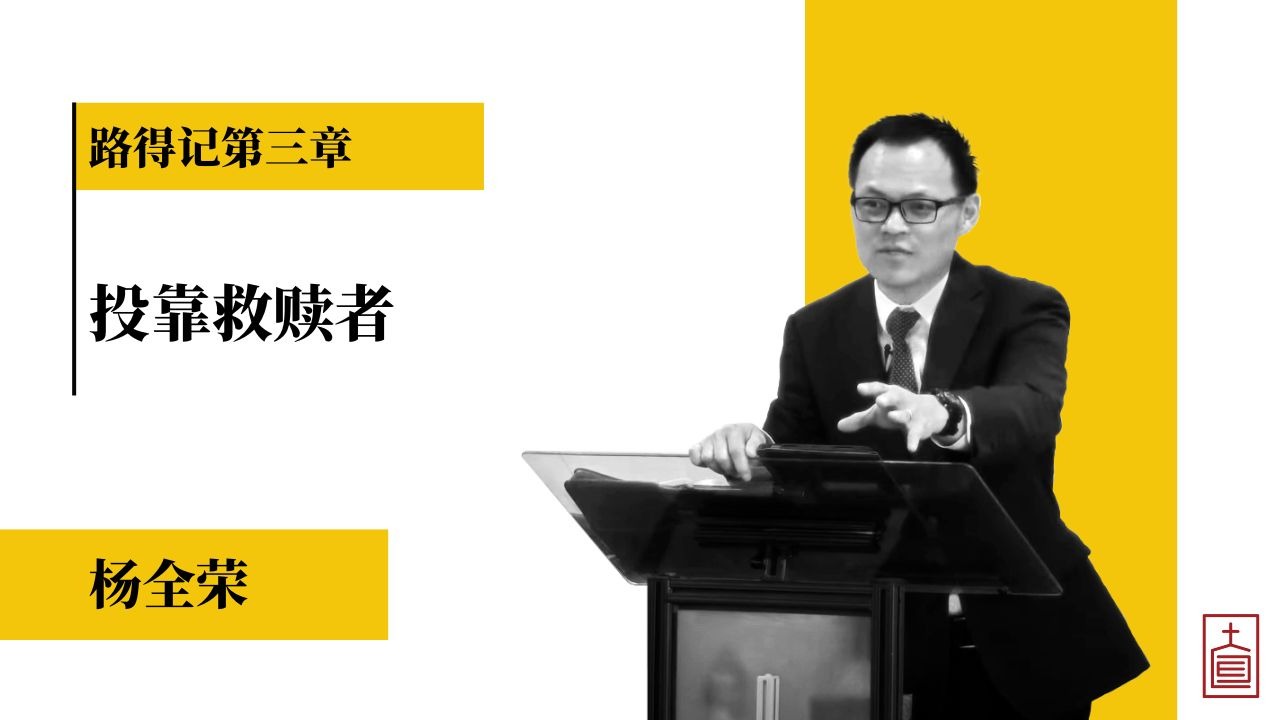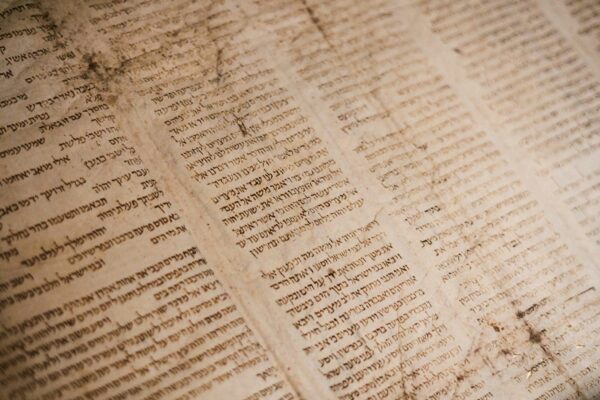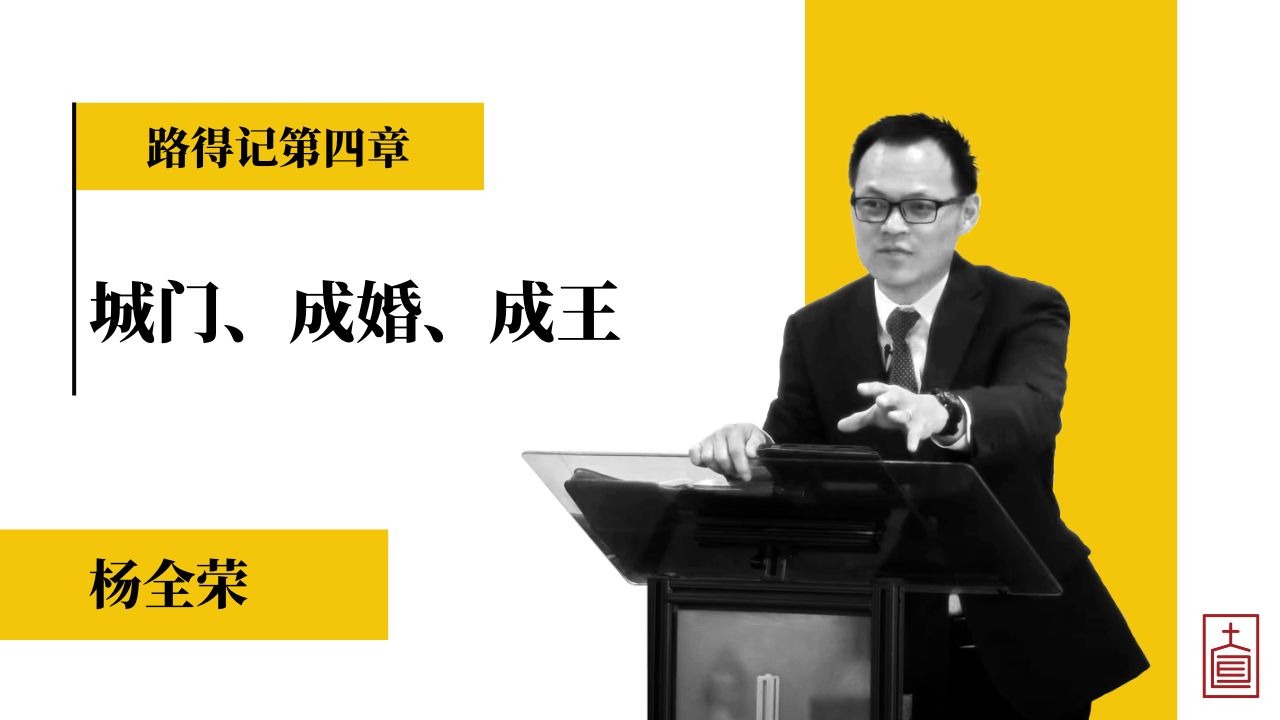Literary, historical context, and insights on interpretation of the book of Ruth
Introduction
This paper examines the literary and historical context, as well as insights relevant to the interpretation of the book of Ruth.
Literary Context
First, the book has an introduction and a conclusion. The author begins the book with the age of the Judges and ends the book with the genealogy of King David. Ignoring the role of the introduction and the ending while interpreting would cause readers to lose sight of the forest while examining individual trees within it.
Second, the book’s purpose is difficult to access. Since the author was not explicit about his purpose, scholars have identified several themes and purposes. I will summarize a few main themes suggested by scholars. First, one of the book’s themes is “from emptiness to fullness.”[1] At the beginning of the book, Naomi was empty because she had lost her husband and two sons while in Moab. She thought it was Yahweh who brought the calamity to her (1:21). At the end of the book, Naomi experienced fullness because Yahweh blessed Naomi with a grandson through Ruth (4:13). Second, this is a tale between two women, Naomi and Ruth.[2] Third, this book demonstrates that God cares about ordinary people like Naomi, Ruth, and Boaz in a small town, contrasting with the chaotic stories in Judges.[3] Last and most importantly, this book is about Yahweh, who watches over His people and brings hesed to those who trust Him.[4]
Third, this book has a typical narrative plot. It begins with a crisis and ends with a resolution. The crisis was that Naomi became a widow and lost her only two sons ten years after she followed her husband to leave Bethlehem for Moab (1:21). The resolution is that Yahweh blessed Naomi with a daughter-in-law, Ruth, who loves her, and gave Naomi a son through the marriage of Ruth and Boaz (4:13-17). The narrative consists of four acts, roughly corresponding to our modern chapter divisions. Act 1 describes Naomi’s problem of losing her husband and two sons, but Ruth followed her to return to Bethlehem. Act 2 describes Boaz, who provides food for Ruth and Naomi. Act 3 describes Ruth following Naomi’s instruction to ask Boaz to marry her, but Boaz mentions that there is a nearer redeemer. Act 4 describes the climax of the story, where Boaz married Ruth after the nearer redeemer refused to do so.
Fourth, Ruth is a short story, a genre that is longer than a tale but shorter than a novella.[5] Through storytelling, the author exposed the characters of the three main characters: Naomi, Ruth, and Boaz. It is a true story. It occurred in Bethlehem, a real place in Israel, during the period of the Judges. Ruth is one of the most delightful works in the ancient world because the narrator employed many literary techniques to tell the story. The techniques include “dialogue, characterization, repetition, reticence, ambiguity, suspense, wordplays, inclusios.”[6]
Fifth, the dialogue of the book reveals the character’s attitude and understanding of Yahweh. Therefore, the reader must pay close attention to the dialogue to understand the story fully.[7] Naomi explicitly referred to God five times. Three times as Yahweh and two times as Shadday. She believed 1) it is good to ask Yahweh to give hesed to others (1:8); 2) Yahweh is the one who brought calamity to her (1:21). Ruth only mentioned Yahweh once (1:16-17), where she shows loyalty to Yahweh and asks Yahweh to discipline her if she leaves Naomi. Boaz refers to God six times, five times as Yahweh and one time was God of Israel (2:12). He asked Yahweh to bless others four time (2:4, 12a, 12b; 3:10). He explicitly told Ruth that Yahweh is the God of Israel and Yahweh would bless her because she takes refuge in Yahweh (2:12). Next, we will discuss a few historical contexts that helps interpret Ruth.
Historical Context
First, we need to consider Ruth’s placement in the Hebrew and Christian canons. The Jews have three traditions on the placement of Ruth. First, Ruth is placed after Proverbs, as the first of the five books of Megilloth, in the Codex Leningradensis, which is the primary manuscript used to compile the modern BHS.[8] It suggests the Massoretes viewed Ruth, or Naomi, as an example of the wise woman in Proverbs 31.[9] Second, Ruth is placed after Job, as the first book of Megilloth. Third, Ruth is placed after the minor prophets, as the first book in the Ketubim, followed by the Psalms. However, all these Hebrew placements are later arrangement than the Christian Bible.[10] In the Christian bible, Ruth is placed after Judges, following the placement of LXX, which is the oldest tradition for the placement of Ruth.[11] This shows that Hellenistic Jews before Christ and the church fathers think Ruth should be read with Judges in mind. Therefore, it is helpful for readers to contrast the low spiritual condition of the Israelites in Judges with that of the three main characters in Ruth. One comparison is to compare the 18,000 fallen Benjaminites, described as men of valor, anshe hayil in Hebrew (Judges 20:44, 46), to Boaz and Ruth (Ruth 2:1; 3:11), both of whom are described as hayil in Ruth.
Second, the book did not identify its author. The Talmud’s tradition claims that the author is Samuel, but this tradition is late.[12] Modern scholars have many speculations, ranging from someone living in the time of David to the postexilic period; however, we cannot know for sure who the author was or who the original readers were. Conservative scholars tend to place the author in the monarchy period, up to the late preexilic period. This present a challenge to understand the purpose of the book because the date of authorship is significant in determining the author’s intent for the original readers.
Third, the readers must consider God’s covenant and law with the Israelites when interpreting Ruth. According to the Sinai covenant, Yahweh would discipline the Israelites when they were unfaithful to Yahweh. One of the disciplines is famine in the land (Lev 26:18-20; Deut 28:23-24). This is the backdrop story of the book. Next, God’s law on levirate marriage is one of the key texts to understand Ruth. The reader should understand how levirate marriage work and how Boaz’s marry of Ruth is related to Deut 25:5-10.
Insights For Interpretation
First, this is the only book in the OT that is named after a gentile. The author emphasized this because Ruth was referred to as “Ruth the Moabite” five times. This book shows that the worship of Yahweh was not limited to the Israelites. Yahweh desires not only the Israelites, but also any person who trusts Him. Therefore, it is essential to consider Ruth’s role as a gentile when interpreting this book.
Second, hesed is an important concept in this book. The Hebrew word hesed has no English equivalent because “the term connotes altogether the notions of covenantal loyalty, faithfulness, kindness, goodness, mercy, love, and compassion.”[13] The word occurs three times in the book (1:8; 2:20; 3:10). The book demonstrates that Yahweh has shown hesed towards His people, and the community of God lived in hesed towards Yahweh and each other. Naomi asked Yahweh to bless her daughters-in-law with hesed (1:8). She believed Yahweh’s hesed was with the living and the dead (2:20). Although hesed is only explicitly referred to Ruth (3:10), the act of hesed can be observed in other characters.[14] Boaz is described as gibbor hayil, a man of honor (2:1). Every time Ruth met Boaz, she came empty but left in full (2:14, 17; 3:17; 4:13).[15] And Naomi shows her hesed towards Ruth by her concern for Ruth’s welfare (3:1).
Lastly, Boaz’s reflect the characters of God. The prophet Isaiah describes Yahweh as the husband and redeemer for His people (Isaiah 54:4-5). Boaz in Ruth is exactly that, he is a godly man who became the husband and redeemer for Ruth, a Moabite woman.
Conclusion
The book of Ruth is a multifaceted short story. On the one hand, it tells the story of three common people, Naomi, Ruth, and Boaz, who display hesed to Yahweh and to each other in the dark ages of Judges. On the other hand, Boaz, as the redeemer, reflects God as the ultimate redeemer who shows hesed to people who trust Him, both Jews and Gentiles.
Bibliography
Block, Daniel Isaac. Judges, Ruth. The New American Commentary. Broadman & Holman Publishers, 1999.
Cundall, Arthur E., and Leon Morris. Judges and Ruth: An Introduction and Commentary. Tyndale Old Testament Commentaries. InterVarsity Press, 1968.
DeRouchie, Jason S., ed. What the Old Testament Authors Really Cared about: A Survey of Jesus’ Bible. Kregel Publications, 2013.
Kaiser, Walter C. Preaching and Teaching from the Old Testament: A Guide for the Church. Baker Academic, 2003.
Younger, Jr., K. Lawson. Judges, Ruth. Revised Edition. Edited by Terry Muck. The NIV Application Commentary. Zondervan Academic, 2020.
- Block, Judges, Ruth, 603. ↑
- Morris named this “friendship”, Cundall and Morris, Judges and Ruth: An Introduction and Commentary, 218, 229. ↑
- Cundall and Morris, Judges and Ruth: An Introduction and Commentary, 218. ↑
- Morris listed five purposes and named this as the ultimate purpose. Cundall and Morris, Judges and Ruth: An Introduction and Commentary, 231. ↑
- For definitions of these, see Block, Judges, Ruth, 602. ↑
- Block, Judges, Ruth, 603. ↑
- Actions and dialogues are two most useful tools readers can learn about the characters. Kaiser, Preaching and Teaching from the Old Testament, 69. ↑
- Megilloth are books read by Jews during their festivals. See Younger, Judges, Ruth, 484. ↑
- Some Talmudic lists place Ruth before Psalms as the first book of the Writings. Block, Judges, Ruth, 589. ↑
- Younger, Judges, Ruth, 485. ↑
- Cundall and Morris, Judges and Ruth: An Introduction and Commentary, 218. ↑
- Cundall and Morris, Judges and Ruth: An Introduction and Commentary, 218. ↑
- Younger, Judges, Ruth, 489. ↑
- 2:20 is ambiguous because the Hebrew grammar could also refer to Boaz, but I think the context shows that the reference to be Yahweh. Younger, Judges, Ruth, 491. ↑
- DeRouchie, What the Old Testament Authors Really Cared About, 328. ↑




发表评论